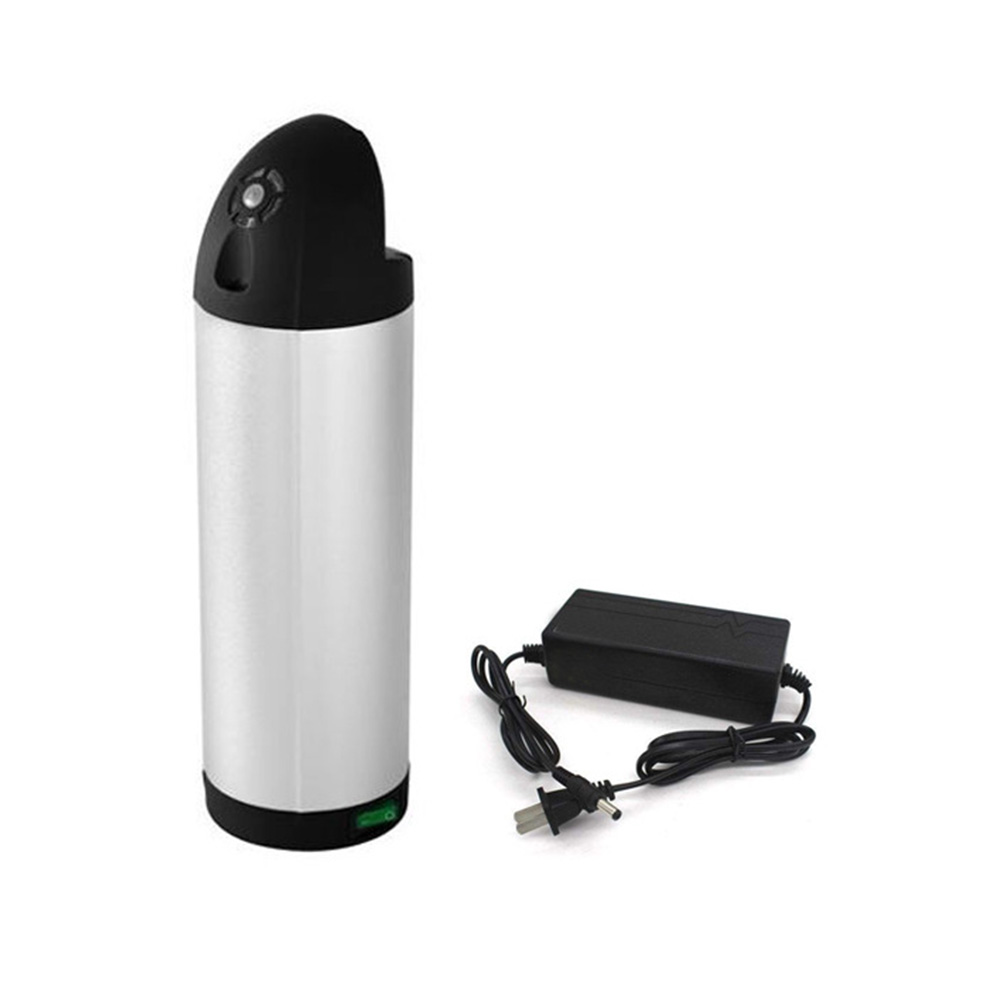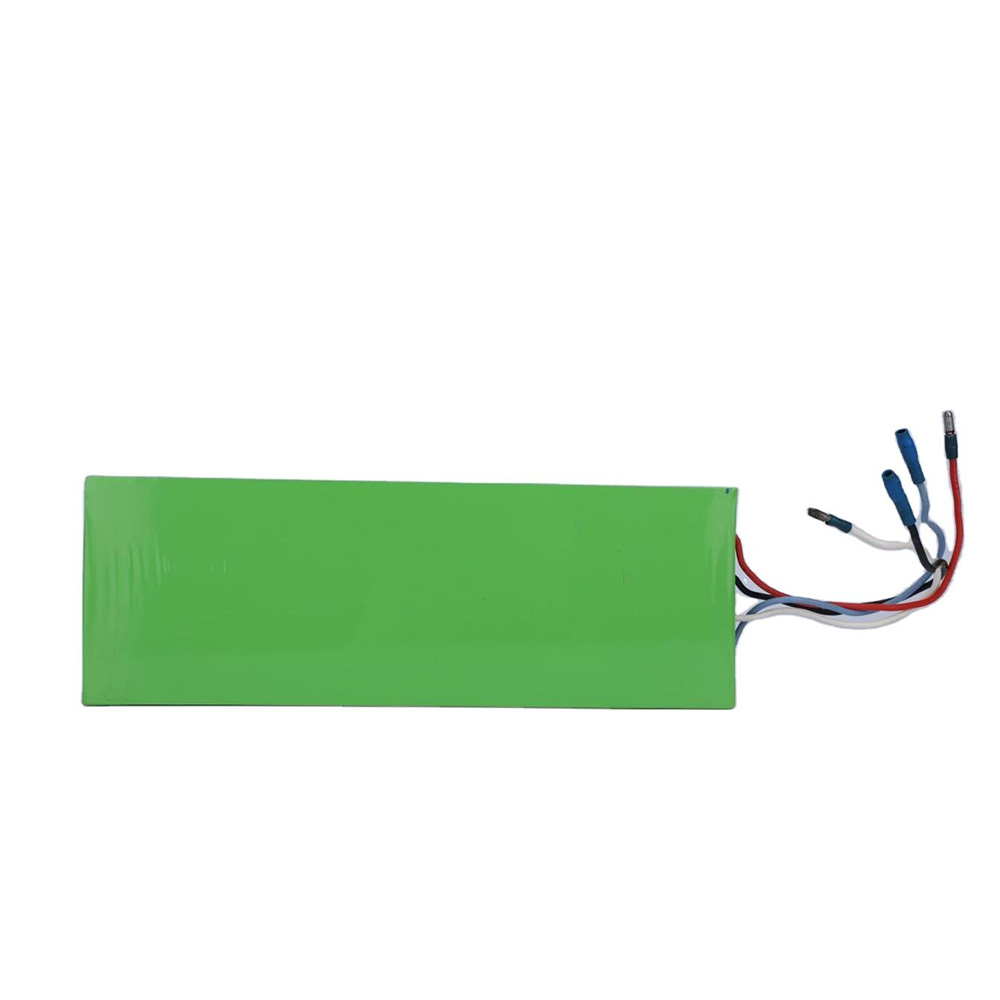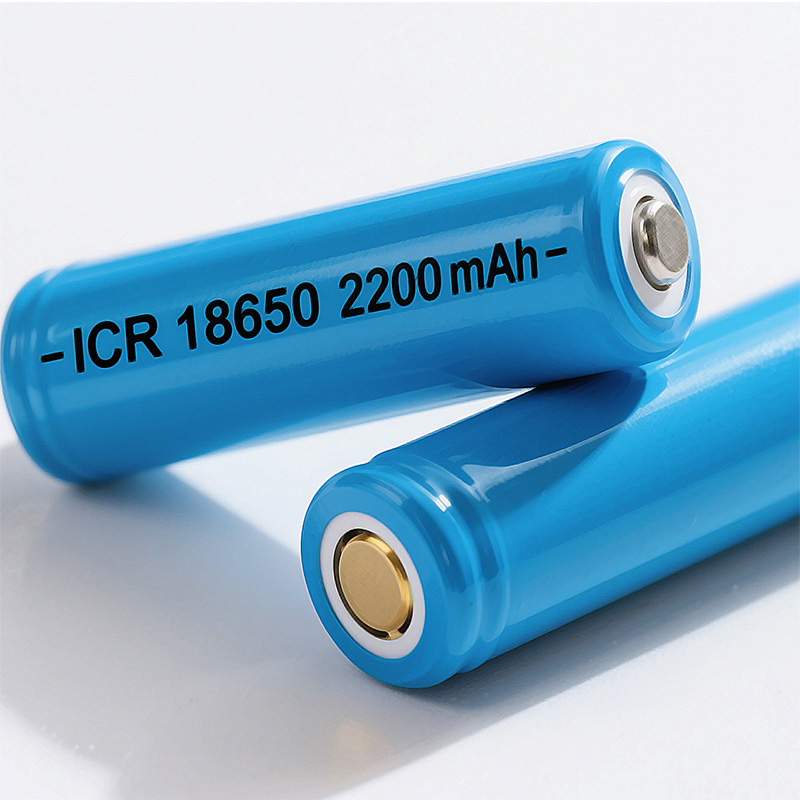Blog
Explore the Power of Lithium Innovation
Stay updated with the latest trends, technologies, and application insights in the world of lithium battery solutions
Search the whole station
Explore the Power of Lithium Innovation
Stay updated with the latest trends, technologies, and application insights in the world of lithium battery solutions
18650 rechargeable batteries are widely used in daily life due to their stable performance. Whether it’s a compact flashlight, a stylish e-cigarette, or an eco-friendly electric bicycle, you can see their presence. This article starts from the common specifications of 18650 batteries and explores how to evaluate their quality, choose them, and their application features in different devices.
The “18650” in the battery name represents its dimensional specification: “18” means the battery has a diameter of 18 millimeters, “65” means the battery has a height of 65 millimeters, and “0” means the battery is cylindrical. Besides the fixed dimensions, 18650 batteries come in various specifications in terms of capacity, voltage, and discharge rate.
Common 18650 battery capacities range from 1000mAh to 3500mAh, with some high-performance products reaching up to 4000mAh. In terms of voltage, the nominal voltage of 18650 batteries is generally 3.7V. When fully charged, the voltage is about 4.2V, and the cutoff discharge voltage is usually 2.75V. The discharge rate relates to the battery’s instant discharge capability, and common discharge rates of 18650 batteries range from 0.5C to 30C, which can meet the instantaneous power needs of high-power devices.
You need to evaluate 18650 battery quality from multiple aspects. First, verify the authenticity of the battery capacity. You can use a professional battery capacity tester to check and compare the nominal capacity with the actual capacity. The closer the actual capacity is to the nominal capacity, the better the battery quality is. Secondly, observe the battery’s charge-discharge cycle life. High-quality 18650 batteries can still maintain over 80% of their initial capacity after more than 500 cycles of charging and discharging.
Internal resistance is also a key indicator of quality. The lower the internal resistance, the lower the battery’s self-discharge rate and the higher the energy transmission efficiency. New batteries typically have an internal resistance between 30 and 60 milliohms. In addition, pay attention to battery safety. Reputable manufacturers usually equip their 18650 batteries with protection circuits for overcharge, over-discharge, overcurrent, and short-circuit, which can effectively prevent safety hazards caused by battery failures.
When choosing 18650 batteries, you must first clarify your usage needs. If the device demands long battery life, such as a power bank, you should prioritize batteries with high capacity. If the device requires high instant current output, such as a high-brightness flashlight, you need to choose batteries with high discharge rates. Avoid buying batteries that have been in storage for too long because long-term storage may degrade battery performance.

Flashlights mainly demand high brightness and long endurance from 18650 batteries. High brightness means the flashlight needs to drive the LED beads with high instant current, so you need to choose batteries with a high discharge rate. At the same time, to ensure long outdoor usage of the flashlight, the battery capacity should not be too low—batteries with over 2500mAh are more suitable.
E-cigarettes place extremely high requirements on the safety and stability of 18650 batteries. During use, e-cigarettes frequently charge and discharge, and some high-power e-cigarettes require relatively high discharge currents. Therefore, you need to choose batteries with good temperature control and high discharge rates. Consistency of e-cigarette batteries is also very important—if the batteries are inconsistent, the e-cigarette may work unstably or even get damaged.

Electric bicycles use 18650 battery packs made up of multiple 18650 batteries in series or parallel. In series, the voltage of each battery adds up to meet the high voltage required by the e-bike; in parallel, the total capacity of the battery pack increases. Since electric bicycles have high power and large current fluctuations during driving, they demand very high discharge capacity and stability from the battery pack.
To ensure endurance and power for electric bicycles, battery packs usually use high-capacity and high-discharge 18650 batteries. Scientific battery arrangement and management systems ensure that the battery pack can stably output power under various working conditions. At the same time, electric bicycle battery packs must also be equipped with advanced Battery Management Systems (BMS) to manage charging and discharging, over-temperature protection, short-circuit protection, and other functions to ensure riding safety.
18650 batteries play an important role in many fields due to their unique specifications and performance. Understanding their specification parameters, quality evaluation methods, and selection techniques, as well as their application features in different devices, helps us use and choose 18650 batteries better and provide stable and reliable power support for various devices.

High-performance 36V 10Ah water bottle lithium battery for electric bikes. Lightweight 3.5kg, fast charging in 1.5–2 hours, safe & durable with up to 500 cycles. Ideal for commuting and long rides.

high-performance 18650 Battery 4000mAh, offering stable 24V power and deep cycle support. Perfect for electric scooters, power tools, and energy storage systems. Built-in safety protections ensure long-lasting, reliable performance.

Wholesale ICR 18650 2200mAh 3.7V lithium batteries with optional customized packs. Supports external wiring and various wire leads to meet your project-specific needs.

18650 3.7V 1500mAh lithium-ion rechargeable batteries from China, ideal for flashlights, power banks, electric tools, and more. High capacity, long cycle life, full safety features, and customizable OEM/ODM services. Fast global shipping available.
Explore the benefits of 18650 batteries with PCB protection, including overcharge, overdischarge, overcurrent, and short-circuit safety. Learn the risks of unprotected batteries and whether 18650 cells come with built-in PCB.
View detailshow to choose the right battery for electric recliners, sofas, and medical beds. Covers voltage, capacity, BMS protection, portable vs. built-in options, and custom lithium battery solutions.
View detailsLearn how to assemble a 12V battery pack using 18650 lithium-ion batteries. Follow my step-by-step process, from arranging batteries to installing the protection board safely.
View detailsLearn how to build a safe and efficient 18650 lithium battery pack with BMS. This guide covers cell selection, assembly, BMS installation, insulation, and testing for reliable power in DIY projects and electronic devices.
View details
HelloPlease log in